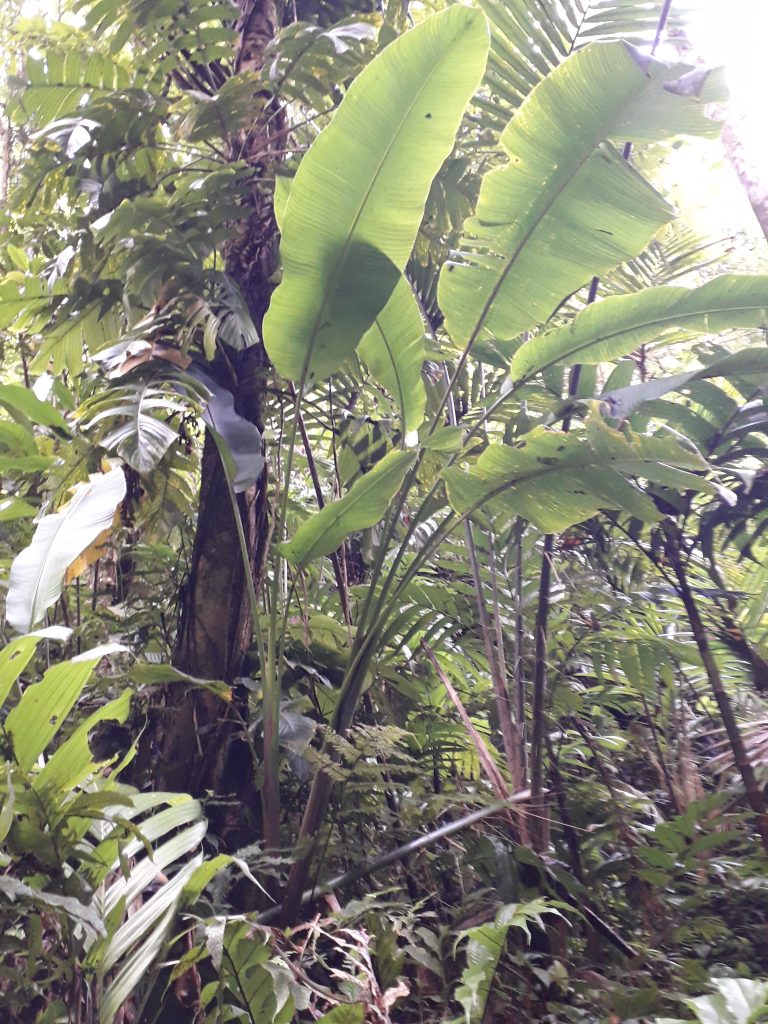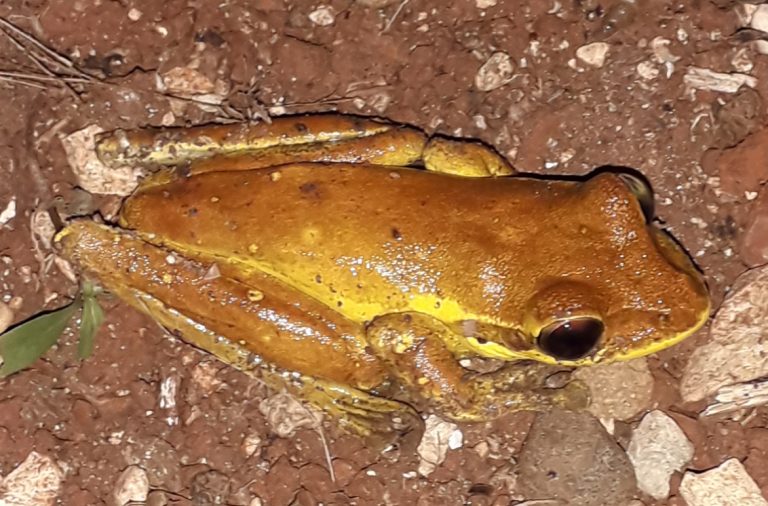Planting Native Trees
People used to laugh at Lionel Maeliu from Gwaunafiu village in central Kwara’a, Malaita province when he started planting native trees like Baula and others. They believed he should be focusing on faster-growing timber species like mahogany and other introduced trees.

People used to laugh at Lionel Maeliu from Gwaunafiu village in central Kwara’a, Malaita province when he started planting native trees like Baula and others. They believed he should be focusing on faster-growing timber species like mahogany and other introduced trees.
In 2017, I first visited Mr. Maeliu and he shared his reforestation activities with me.
“I have been doing this for over 30 years, and I continue to do it today,” he proudly stated.
“Even though I was pulled away to work in various fields, my dream persisted,” he added.
After my stint with the Ministry of Agriculture and Livestock in Honiara, I returned to pursue my dreams. I planted approximately 1000 trees, including coconut, sango palm, and other local species that we rely on for our livelihoods.
Some people mocked me, insisting I should be planting mahogany and other introduced species because they are considered valuable. However, I chose not to plant these species because they solely serve timber purposes and do not contribute significantly to our ecosystem.
If you observe mahogany trees, you rarely see birds nesting in them. Birds consistently prefer native trees. Therefore, by planting more introduced species, we would be disrupting their habitats and the overall ecosystem.
While others may not see the importance, I believe it is our responsibility as humans to care for these creations rather than destroy them.
Mr. Maeliu emphasized that he continues his work, now extending the same principles to soil. His gardening methods always prioritize nourishing the soil, advocating for its well-being.


